Profile: Terex TA400
 Softly, softly: an increase in torque from the new Scania engine means the TA400 will walk out of mud easily
Softly, softly: an increase in torque from the new Scania engine means the TA400 will walk out of mud easily

 Scania six-cylinder turbo diesel is new for Terex’s Generation 9 ADTs
Scania six-cylinder turbo diesel is new for Terex’s Generation 9 ADTs

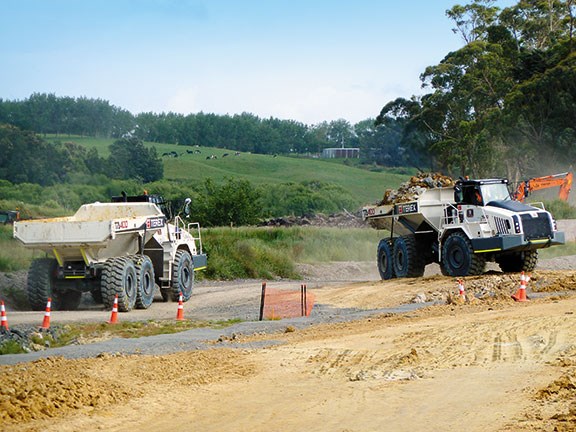 The Rouse Group’s TA400s are primarily being used at the Rangiriri Bypass
The Rouse Group’s TA400s are primarily being used at the Rangiriri Bypass

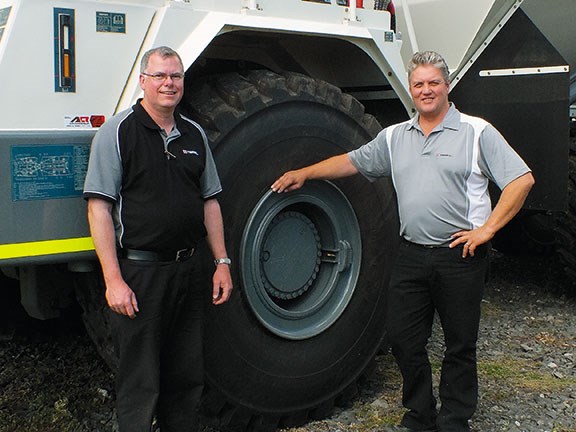 AdvanceQuip’s Paul Forrest (left) with Andre Cooks of Terex
AdvanceQuip’s Paul Forrest (left) with Andre Cooks of Terex

 Rouse has opted for special tipper liners for its machines
Rouse has opted for special tipper liners for its machines
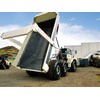
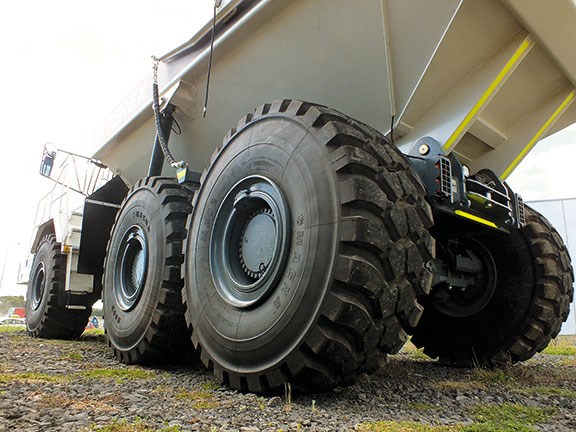 Standard 29.5 tyres encase 25”, 19-stud earthmover rims
Standard 29.5 tyres encase 25”, 19-stud earthmover rims


|
|
Softly, softly: an increase in torque from the new Scania engine means the TA400 will walk out of mud easily
|

|
|
Scania six-cylinder turbo diesel is new for Terex’s Generation 9 ADTs
|

|
|
The Rouse Group’s TA400s are primarily being used at the Rangiriri Bypass
|

|
|
AdvanceQuip’s Paul Forrest (left) with Andre Cooks of Terex
|

|
|
Rouse has opted for special tipper liners for its machines
|

|
|
Standard 29.5 tyres encase 25”, 19-stud earthmover rims
|
Scale can be a relative thing. Seeing a Terex TA400 ADT (articulated dump truck) up close and personal is an impressive sight — its powerful nose up front offset by the enormous tipper body at the back, registering over 11m from stem to stern and almost 4m in height in that famous red, white and black signature colour scheme.

|
|
Rouse Group operator (and Deals on Wheels fan) Tane stands in front of his new machine
|
New Zealand distributor AdvanceQuip recently did have eight of them lined up outside its new North Island base in Wiri. The TA400s — the latest and largest addition to Terex's three-model ADT range — were ready for delivery to the busy Rangiriri Bypass section of the Waikato Expressway. Although such is the scale of the earthmoving work that new owner Rouse Group has on as summer arrives, the TA400s weren't at headquarters for long.
As AdvanceQuip's truck sales manager Paul Forrest tells me, there's already another fleet of Terex dumpers in the Waikato — nine of them, under the stewardship of Tauranga-based A&R Earthmovers, are working down at the Tamahere/Cambridge end of the extensive expressway project. A local coal mine has also recently purchased a TA400.
When you take a closer look at the Generation 9 ADTs though, it's easy to see the innovations that have led the upsurge
in interest.
"These trucks are up there with the best," says Forrest. "Terex boasts a huge amount of pedigree on a global scale. It's been making rigid dump trucks for 60 years, and is the second-oldest manufacturer of ADTs in the world. I think it's got the recipe right with
the TA400.
"This generation sees the power train system move to Scania. This is great because there's a very good relationship between Terex and Scania. The new powerplant has better fuel efficiency, which means less fuel stops, and it also meets tighter global emissions regulations. But with 444hp and 2100Nm of torque on tap, the driver is always going to have plenty of power."
Also here for the hand-over to the Rouse Group is Andre Cooks. Based out of Pretoria in South Africa, Cooks is Terex's regional customer support manager for Sub-Saharan Africa. But thanks to the flexibility of the factory, he finds himself meeting customers and distributors in all corners of the globe, from Norway to Nigeria to... well, Ngaruawahia.
Cooks, who has been helping familiarise Rouse's drivers with the new TA400s on site at the Bypass, says the most consistent comment coming back to him is how simple and logical Terex has made every aspect of operating
the trucks.
"An operator might spend 12 hours plus in the cab, so the last thing we want is operator fatigue," he says. "To that end a big effort has been made in not only making the cab ergonomically comfortable, but reducing the complexity of key tasks too."
In addition to a fully-adjustable air seat and an air conditioning system that is robust enough to provide comfort in dusty African heat as well as cold Scottish sleet, many of the TA400s controls are one-touch affairs.
"The mechanicals are all simplified too," continues Cooks. "A lot of guys are used to switching on a button or pushing a pedal to use the auto retard braking, but in the TA400 the system is fully automatic — take your foot off the pedal and the retarder comes straight on. This means the operator has way more control in a steep descent.
"It's an adjustable six-stage system too, so the driver can choose from very soft to very responsive. On a mud or clay incline, the first intention is usually to hit the brakes, but by the end of the familiarisation the drivers weren't even touching them."
As Cooks suggests, the TA400's limited slip differential also makes things simpler, locking up automatically so the operator doesn't have to do anything.
"Torque is the key and the Scania DC13 six-cylinder has a six-percent increase in torque," says Cooks. "If the driver stays at about 1500rpm, that's the ideal torque band — you don't need to floor it to get out of mud, you just walk it out instead.
"Not only does that improve wear and tear on the truck, as well as giving the driver one less thing to worry about, it also lessens the impact on the service road, meaning the grader doesn't need to be in there constantly doing clean-up work."
Cooks has been in New Zealand almost three weeks. I learn that's a pretty standard hand-over for him.
"It isn't just about chucking the drivers the keys and saying 'Alright, off you go', like it probably was in the past. It's essential to complete proper hand-overs, so owners and operators can get their heads around everything together.
"These machines are worked hard the world over and — at a pure service level — the commonality of parts is very good for the distributors. But every business is different. Every environment is different. For us it pays to spend some time getting to know our customers."
I ask Cooks about some of the bigger projects he has seen in his role which — despite the Sub-Saharan Africa designation in his title — sees him flying all over the world meeting Terex customers.
"Some of the mining projects in Russia are just colossal, as are those in Australia," he says. "And of course there are a lot of big Terex customers in the Middle East — the UAE in particular.
"But actually Africa is expanding rapidly too. I've just spent three weeks in Nigeria where we placed 10 TA400s with a guy who owns a cement works. In all, that one business has about 200 Terex trucks. I have a customer in South Africa who has purchased 13 TA400s. We've also got Terex owners in Zambia, Uganda and even the Democratic Republic of the Congo."
While he's no stranger to departure lounges, Cooks says that for him there are no flying visits. In order to ensure driver training and hand-over goes smoothly, he arrives and stays for the full implementation process with any big customer, wherever they might be.
"Trucks in the ADT and rigid categories are increasingly on par with each other these days. But it is customer service that is key. It's one thing for the end-user to know they have the backing of a good after-sales network locally, but also distributors like
AdvanceQuip have to know they have the backing and expertise of the factory too," he says.
"At the end of the day there are so many different applications for these trucks, whether it be mining, roading or construction. And the trucks operate in so many different environments, the local distributors are the ones who know the local market and the local customers. So Terex supporting its dealers is a crucial element."
And while Cooks' experiences overseas have taken him to some extremely out-of-the-way work sites, Forrest is rather happy about the Rouse Group's base for their eight machines.
For the latest reviews, subscribe to our Deals On Wheels magazine here.
Keep up to date in the industry by signing up to Deals on Wheels' free newsletter or liking us on Facebook.



.jpg)


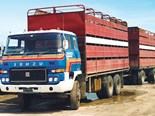
.png)
.png)

